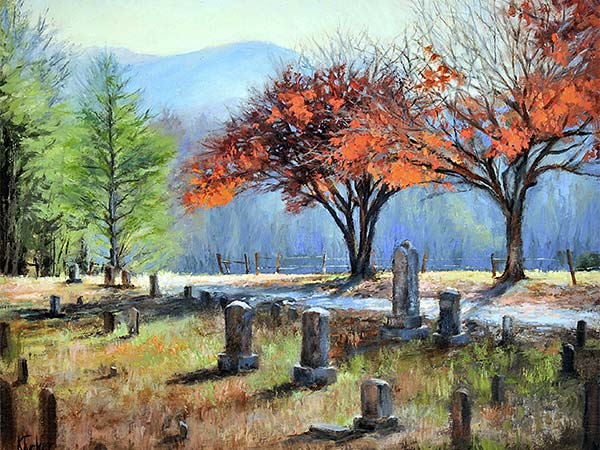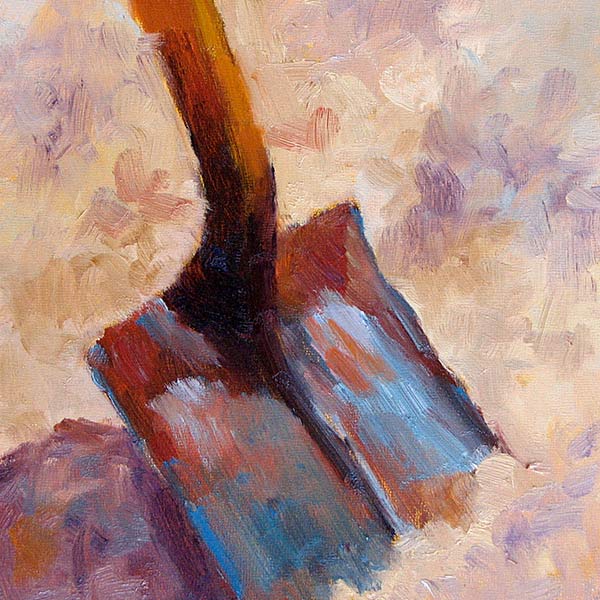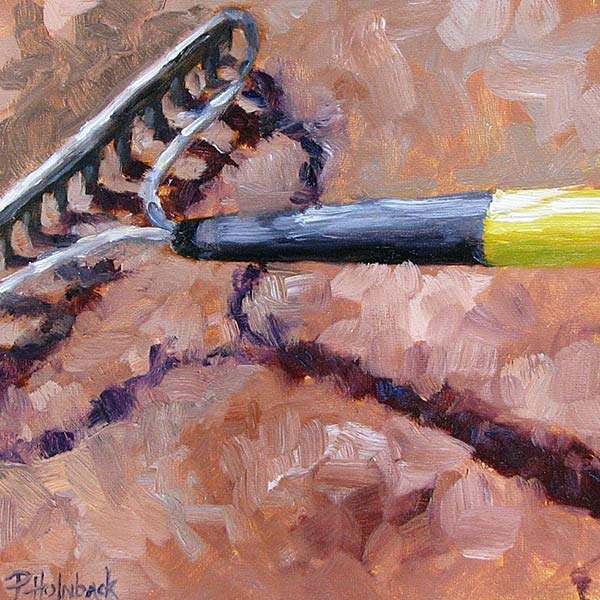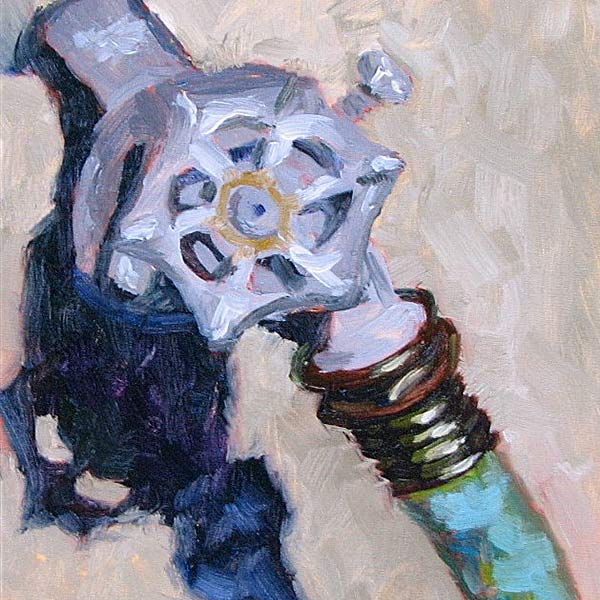Subtotal: $
Checkout-

Integrity and the Future of the Church
-

Daring to Follow the Call
-

Poem: “For the Celts”
-

Poem: “Wreathmaking”
-

Poem: “The Hunger Winter, 1944–5”
-

Editors’ Picks: “The Cult of Smart”
-

Editors’ Picks: “The Utopians”
-

Editors’ Picks: “The Lincoln Highway”
-

Casa de Paz
-

The Pilsdon Community
-

Forum: Letters from Readers
-

Nonexistence Does Not Scare Me
-

Toyohiko Kagawa
-

Covering the Cover: Beyond Borders
-

Choosing America
-

Church as Sanctuary and Shelter
-

Northern Ireland’s New Troubles
-

When Migrants Come Knocking
-

The Florentine Option
-

Three Kants and a Thousand Skulls
-

The End of Rage
-

Telling a Tale of Two Fathers (Video)
-

Home Is Not Just a Place
-

The Quest for Home
-

In Search of Lost Fig Trees
-

Child of the Stars
-

Refugee Letters
-

Life in Zion

“These two? These are the ones we want!” The woman, with a twirl of her wrists and a sweeping motion of her slender arms, approximated through her gesture the area she and her husband had settled on. It was a flourish more fitting for a game show than two graves. He nodded to his wife in confirmation, participating via cell phone from their son’s car on the cemetery’s driveway, where he sat, too weak to get out. The labor exerted in his simple nod was a sobering contrast to the vivacity of his wife, also in her seventies.
Gathered around their daughter’s cell phone, we documented their arrangements, under the shade of the thick timber that creeps yearly closer to our platted graves. The sparse grass growing in filtered sun where we stood was a fair trade for goldfinches and orioles nesting nearby, and bluebirds enticed to take up residence in little boxes on the ravine’s perimeter. It was too perfect a spring day to lose minutes doing the paperwork in an office. We were almost finished, when they had one more question.
“Shall we see if we fit?”
“‘Try before you buy’ is a great policy, though I don’t get many takers on it here,” I pretended to muse. “But sure. Why not?” This family was playful, taking the task at hand seriously, but not resisting the joy we all found in such a beautiful afternoon. I couldn’t help being drawn into their dynamic.

Katherine Tucker, Old Times There Are Not Forgotten, oil on panel, 2015 Artwork by Katherine Tucker. Used by permission.
Her husband nodded again from the car, this time towards their daughter. “Seriously? Okay.” She ended the call with her father, pulled up her camera app, and handed me her phone. “Where,” she asked me, “where exactly are my parents going to be?”
“Bride on the left and groom on the right, just like at their wedding. Facing east to rise and greet the Last Day.” I extended my left foot and tapped the middle of her mother’s grave; then, pacing south through the increment of measure in my legs’ muscle memory, I tapped the center of his grave. “Your father will be right here.”
She lay down alongside her teenage son, who had quietly wandered through neighboring headstones until called upon to proxy for his grandmother, and I took pictures as they asked. Her father smiled at us from the passenger window as he watched me help his daughter stand up and brush off the blades of his grave’s grass that clung to her hair and blouse.
No one prepared me for moments like this, or anything else, when I became sexton of our Catholic cemetery. I was simply given a standard receipt book you can purchase at any office supply store, and an array of maps and records of the cemetery’s 125 years. There were leather-bound folios written with fountain pen in elegant cursive, and small notebooks logging the penciled scrawlings of barely literate, grave-digging drunkards, up through our current spreadsheets. The rest was left for me to discover.
Several matters required collaboration from a number of professionals: funeral directors, gravediggers, monument-company employees, and the elusive engraver. He darted in and out of cemeteries all over the state, adding death dates to headstones of recent burials where either tall heaps of dirt waited to be settled by rains, or wreaths over discreet openings marked cremations. Often I’d learn of his presence on the grounds only by his air compressor’s distant drone, and before I had a chance to say hello I’d hear his pickup rattling out of our cemetery and on to the next.
Other matters we managed individually, and for me, this meant appointments to purchase graves. Many would begin with an apology: “I’m sorry, I don’t know how to buy a grave. I don’t know where to start.” This was the easiest beginning, and one I always hoped for.

Artwork by Pam Holnback. Used by permission.
“I’m so relieved to hear that,” I’d say, and mean it. “It would be terrible if you’d had enough practice to become good at it. You don’t need to apologize. I’ll walk you through everything, literally.” I’d start with the outline of what they needed to consider: Do you already have family here you want to be near? Do you want an upright monument or a flat headstone? How many family members are you hoping to be buried alongside? Have you thought about if you will be cremated or have a traditional full burial? Always the same questions, always the same order.
We’d talk through their thoughts as we walked through the graves.
The circumstances of our walks never dictated how difficult a family might be to help. In fact, often the most difficult to assist were those who were not in need of a grave anytime soon, or who had lost loved ones long ago. Among them were a number who demanded to know exactly who I’ve lost and how I grieve them, or perhaps wished death upon my husband and children so I would be overwhelmed by my own suffering. There were those who for decades would refuse to let grass grow on their loved one’s grave, even fighting with family to the point of obtaining a permit to exhume remains and not telling anyone where they were taken.
To my wonder, families with the most tragic circumstances were among my most grace-filled encounters, those who found themselves walking with me unexpectedly. Parents lost children, wives and husbands were struck with the unforeseen death of a young spouse, immigrants dealt with the realization that longed-for reunions won’t happen this side of life, illness progressed more rapidly than anticipated.
Many regard a cemetery as a thin place, a liminal space where the veil between us and eternity is almost transparent. But while the ground is consecrated, set aside for a sacred purpose, it is not the physical location itself that precipitates such grace. It is of no consequence how narrow a margin lies between life and death. Only God’s love creates communion through space and time. That was the only thing that could be sustaining some of these families, and it was utterly humbling to witness.

Artwork by Pam Holnback. Used with permission.
How do I know it is God’s love, not just a matter of being swept along by emotions? Were, maybe, these families just lucky that something worse had never happened to them, they weren’t sicker, or poorer, or had more nasty breaks to push them over the edge? No; I know their stories and I know these things did happen to them, and more besides.
I know it is God’s love because I was humbled before it the same way I’m humbled in receiving the Eucharist, the Sacrament of Love, knowing I am unworthy, one of the workers called late in the day and given a full wage (Matt. 20:1–16). The full wage was a participation in another family’s love, the fruit of their patient bearing of struggles with each other and the world, their suffering, and especially with discerning and accepting God’s will for themselves and their families. Although at some level all who sought rest for their loved ones in a Catholic cemetery shared the same faith, these families bore it out in a different way.
The secret I learned from these grace-filled witnesses is that while there is no escaping death, they have found ways to die before they are dead: to themselves in sacrifice for others, to the world in their refusal to chase gains that they cannot store up for the next life. Most of all, they hope. They live the death they are baptized into in Christ, and in hope they are saved from despair in their suffering; the end of their own or their loved one’s life on earth really is a matter of being born to eternal life. As they begin that new life, we rejoice amid the sorrow. Joy and sorrow do not cancel each other out. There can be both in each death.
For in hope we were saved. Now hope that sees for itself is not hope. For who hopes for what one sees? But if we hope for what we do not see, we wait with endurance. (Rom. 8:24–25)
We speak about “having hope” as if it were a substance one could possess, but after working in the cemetery, I think of it as space, a field to be cultivated. That field holds the treasure of eternal life; it’s the same one the merchant sells all he owns to purchase (Matt. 13:44). That field grants us the ability to accommodate all we encounter: the sorrow, the doubt, the suffering, the pain we inevitably face no matter who we are, where we live. It explains the inexpressible vastness I experienced with these families that made space for everyone and everything in their lives and kept them from being crushed under the weight of it. These families were sustained in the valley of the shadow of death, purchasing a fullness of life, a treasure buried in that field of hope, which we come into possession of through dying to ourselves now and ultimately at the hour of earthly death.
Any liminality I experienced with a family was because of their own intimacy with God, their own desire to make God present in ordinary moments each day, their own patient endurance, and the expansion of their field to include me in their love. They cleared and cultivated space for each other and the divine throughout their lives, and their striving came to full blossom before I walked with them as they prepared to bury someone they loved. I just enjoyed the fragrance.
Our family’s circumstances changed, and I needed to resign from the cemetery. My last afternoon there was spent waiting for an appointment with someone who never showed. As I began my final walk through the graves alone to my car, I heard the engraver’s truck rattle to a stop in front of the chapel.
“John! You showed up for my last day! How thoughtful of you,” I teased as he opened his trailer to pull out his gear.
“Ann! Quitting? Had enough?”
“Of some of it, yes. That’s not why though. I’m glad I get to say goodbye, but I won’t keep you, I know you’ve got somewhere to rush off to.”
“No! Last stone of the season! No hurry today.” This was the final late-fall day that the stones would hold enough warmth to be engraved; with the onset of cold, the attempt to sandblast might crack them. The last name on John’s list was our lovely “Fearless Frieda,” a frequent visitor to the cemetery, who had died a few weeks earlier at 103. The headstone she shared with her husband, black granite and flush with the ground, had marked his grave for decades, in the very southwesternmost corner of our cemetery. She had a gray bench placed in front of it to rest on during her visits, but now they were side by side again: bride on the left, groom on the right. Her secret to a long life, we’d deduced, must have had something to do with the St. Pauli Girl Lager she kept on hand for guests, and partook of through her late nineties.

Artwork by Pam Holnback. Used with permission.
John and I leaned against his truck, talking for a long time about a lot of things, but mostly cemeteries.
“You gonna be buried here?” he asked.
“No, I want to be buried northeast of here. About three hours away, along the Mississippi.”
“That’s where you’re from?”
“Sort of. I want to be far away so no one ever visits my grave. I don’t want a stone, don’t care if my grave’s marked, don’t care if anyone can find me once I’m dead.” Knowing how I love the ravine at the heart of the cemetery, how I spend time with my children there hiking especially in fall when deer are easy to spot through naked timber, this initially surprised him. After some thought, he understood.
For all the cemeteries he has worked in, John has experienced more than anyone how the living can be swallowed up by graves. “Every night, around supper, that’s when cemeteries get busy. You wouldn’t believe how many cemeteries have the same folks visit their husbands or wives every night, their children.” I knew of our regulars, who came every day. I didn’t want to think how widespread a phenomenon it truly is, but John knows. Their hope seems buried with their loved ones, only ever cultivating the same four-by-eleven-feet dimensions of the grave.
“Your husband okay with that?”
“Of course he’s not!” We both laughed. “It probably won’t happen, but that’s what I want.”
Ann Thomas is a writer and poet whose work has appeared in Image, Forma, and St. Austin Review. She is the managing editor of Dappled Things, and lives with her husband and five children in Iowa City, Iowa.
Already a subscriber? Sign in
Try 3 months of unlimited access. Start your FREE TRIAL today. Cancel anytime.






































Amanda Bird
I was led to this heartening and hope-filled article while my husband was in the operating room for major, cancer-related surgery. Thank you so much.
Al Owski
Your observation that “Only God’s love creates communion through space and time” resonates in my spirit. Thank You!
Patricia M. Aguilar
Beautiful. Bittersweet. Resonant. Takes the edge off, somehow. Thank you from the bottom of my heart for writing this.